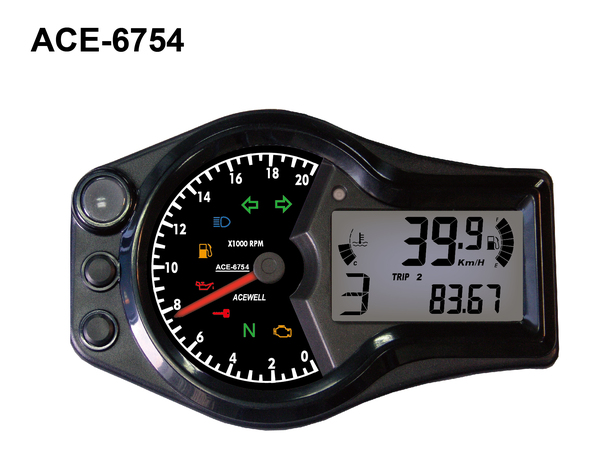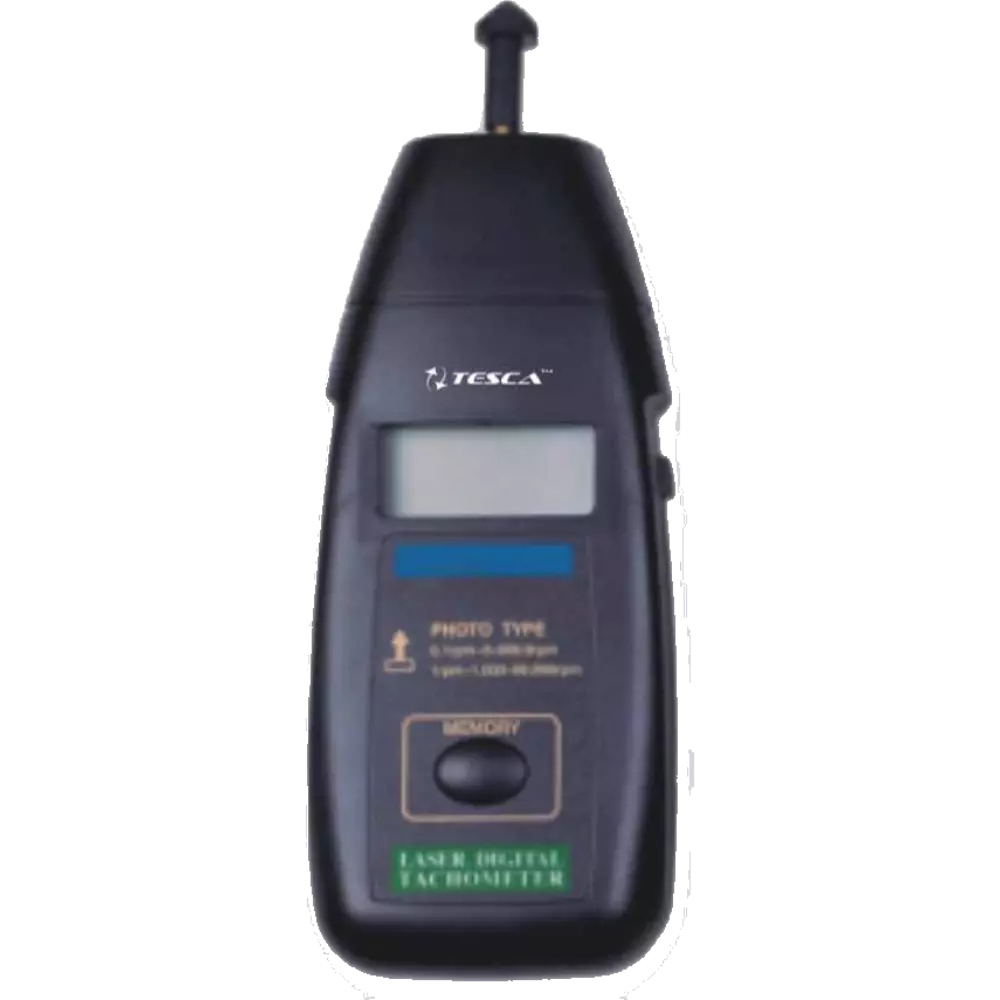The Value of a Tachometer in Keeping Track Of Engine Rate and Performance in Automotive Applications
In the world of automotive engineering, the tachometer stands as a critical instrument in the motorist's collection, offering a straight window into the inner workings of a car's engine. Beyond its function as a simple scale of transformations per min (RPM), the tachometer offers as a critical device for fanatics and specialists alike, supplying real-time understandings right into engine efficiency and wellness.
Value of Checking Engine RPM
Checking engine RPM, or changes per min, is an essential facet of vehicle upkeep and performance assessment. Engine RPM directly correlates with the rate at which the engine's crankshaft revolves, suggesting exactly how rapidly the engine is running - tachometer. By keeping track of RPM, mechanics can assess the wellness of the engine, find prospective problems, and fine-tune performance. An abnormal RPM analysis might signal problems such as engine misfires, damaged ignition system, or issues with the gas distribution system. Regularly high RPM readings can suggest hostile driving practices or the demand for a higher gear shift to improve fuel efficiency.
Additionally, monitoring engine RPM is essential for efficiency assessment in auto racing and high-performance vehicles. Keeping optimal RPM degrees is crucial for accomplishing peak power output and acceleration. Racers often utilize tachometers to guarantee they are operating within the suitable RPM range for optimum efficiency. In summary, keeping an eye on engine RPM is not only important for identifying problems however also for enhancing engine efficiency in numerous automobile applications.

Advantages of Real-Time Information
In automobile applications, real-time information plays an essential role in offering immediate insights into the performance and condition of the car. By constantly keeping track of different specifications such as engine speed, temperature, fuel consumption, and more, real-time information supplies countless advantages that add to improved effectiveness and security on the road.
In addition, real-time data facilitates efficiency optimization by providing prompt feedback on driving behaviors and engine effectiveness. Drivers can readjust their behavior in real-time based on this info to achieve much better fuel economic climate and prolong the life expectancy of their lorry.

Furthermore, real-time information plays a vital function in modern-day automobile diagnostics, making it possible for specialists to promptly diagnose and attend to breakdowns. This leads to minimized downtime, reduced maintenance expenses, and inevitably, boosted overall automobile integrity and longevity (tachometer). By taking advantage of the power of real-time information, automotive stakeholders can make educated choices that positively impact both the performance and long life of the automobile
Effect On Gear Shifts
Efficient gear changes in vehicle applications considerably influence general efficiency and driving experience. The tachometer plays a crucial role in enhancing gear shifts by supplying real-time engine rate data to the motorist. When coming close to the redline on the tachometer, it signifies the vehicle driver to upshift to prevent over-revving the engine and causing potential damage. On the other hand, downshifting at the right moment can aid keep the engine in its power band, ensuring responsive velocity when required.
Furthermore, over at this website the tachometer aids in attaining smoother equipment shifts, especially in manual transmissions. By monitoring engine rate, vehicle drivers can carry out gear shifts at the optimum RPM variety, decreasing jerking activities and lessening wear on the transmission components. This accuracy in gear changes not just improves driving comfort you can try this out yet additionally adds to fuel effectiveness.
Enhancing Fuel Performance
Offered the important function the tachometer plays in optimizing equipment shifts for efficiency and engine health and wellness, it directly adds to maximizing gas efficiency in auto applications. By offering real-time feedback on engine rate, the tachometer assists motorists in maintaining one of the most efficient RPM array for fuel economic situation. When chauffeurs consistently keep an eye on the tachometer and adjust their driving image source behaviors appropriately, they can stay clear of unnecessary gas consumption brought on by over-revving or hauling the engine.
Moreover, the tachometer helps vehicle drivers recognize the most fuel-efficient gear to be in at any given moment, preventing the engine from working more difficult than required. In final thought, the tachometer serves as a beneficial device in boosting gas performance by advertising ideal driving routines and determining areas for enhancement in the car's performance.

Taking Full Advantage Of Engine Durability
The tachometer's function in keeping track of engine speed and efficiency contributes in making certain the durability of automobile engines. By utilizing the tachometer effectively, vehicle drivers can enhance engine durability through conscious RPM administration. Consistently revving an engine expensive can cause excessive damage on important parts, such as the pistons, valves, and bearings. With time, this can result in decreased engine performance and potential breakdowns. Keeping track of the tachometer allows vehicle drivers to stay within the recommended RPM variety for their vehicle, protecting against unnecessary strain on the engine and prolonging its lifespan.

Verdict
In final thought, the tachometer plays a crucial function in monitoring engine rate and performance in vehicle applications. By offering real-time information on RPM, it permits reliable gear changes, enhanced fuel performance, and optimized engine longevity. This device is essential for preserving optimal engine performance and making certain the overall capability of a vehicle.